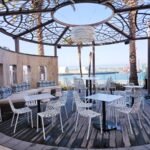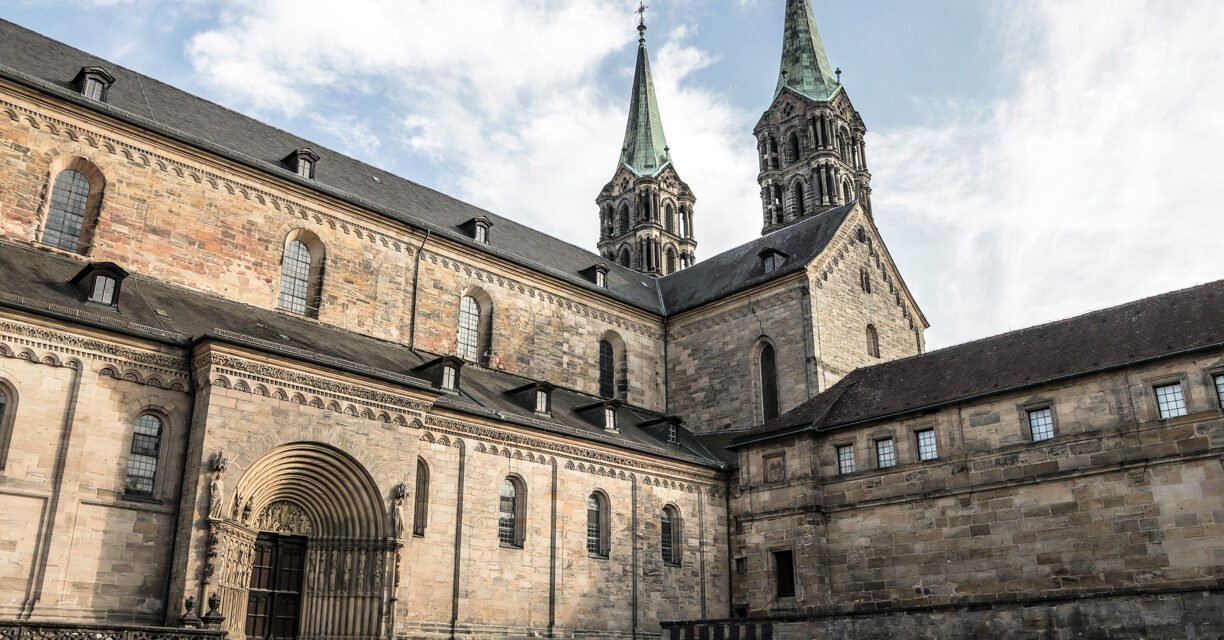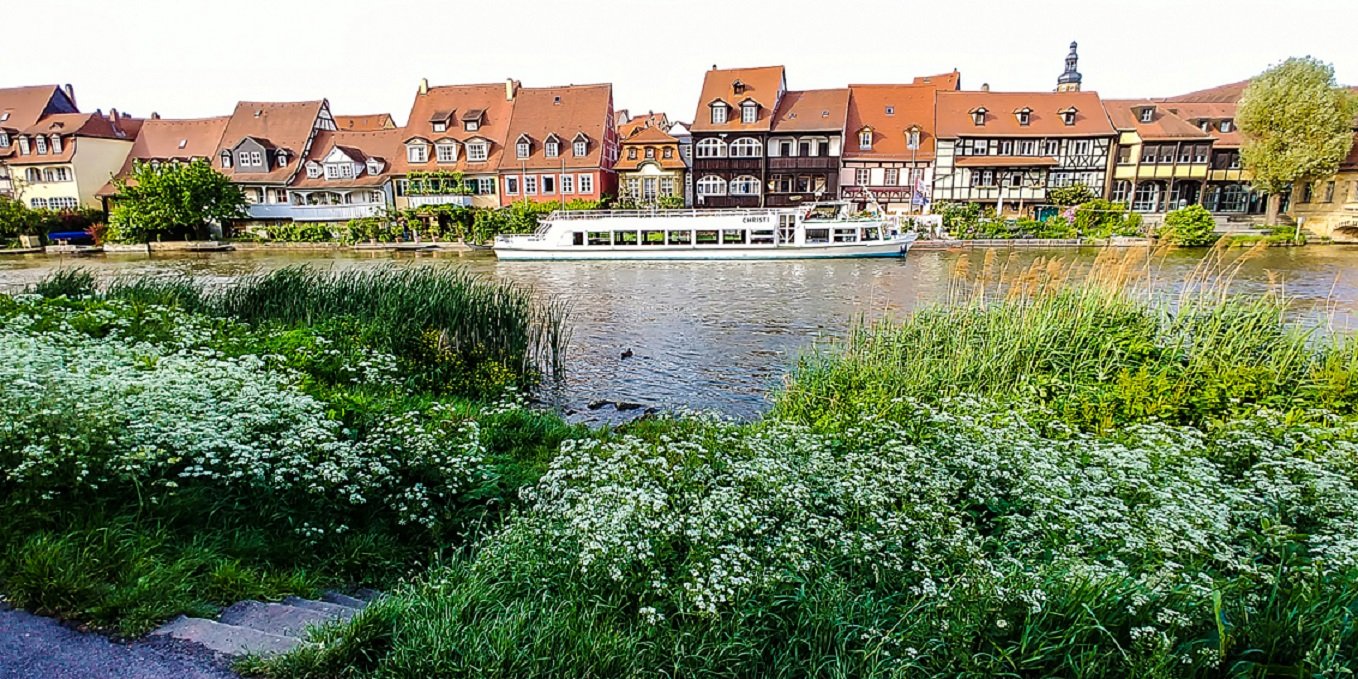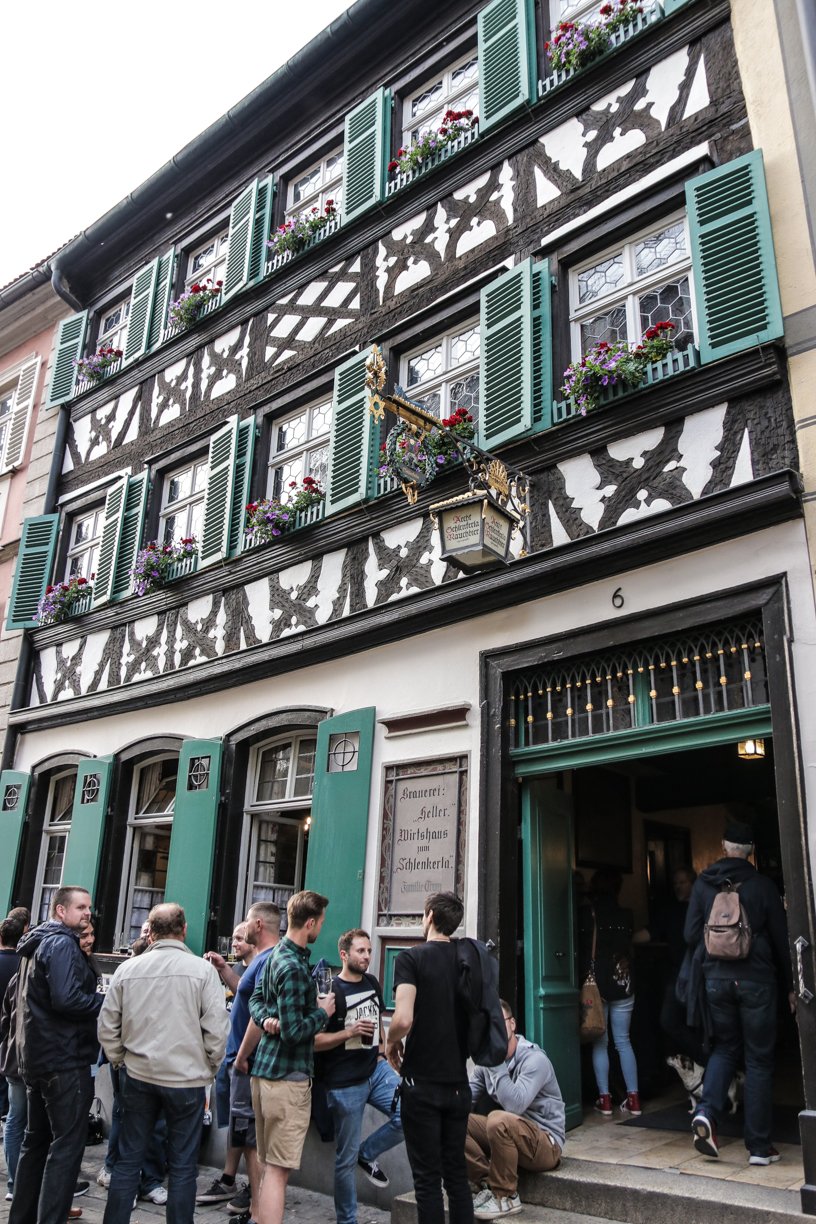
History, sightseeing and experiences in Bamberg, Germany

With seven hills and a church on top of each, Bamberg in Germany immediately has appeal. Fortunately, it is not on the over-crowded tourist routes so it is possible to enjoy this city without hordes of visitors for most of the year.
In parts, Bamberg looks like one of those classic imperial German towns that time has forgotten. This is one of the reasons Bamberg is a UNESCO World Heritage Site. When Henry II, Duke of Bavaria, became King of Germany in 1007 he made Bamberg the seat of a bishopric, intended to become a ‘second Rome’.
Much of the architecture from subsequent centuries remains and it provides much interest to today’s visitors. UNESCO says that the street layouts of the three historic core areas retain their medieval features and the many historic buildings in these areas are authentic. That is one of the reasons I find the city so attractive.
The old town hall is a highlight
The city has meandering streets, lined with both half-timbered and highly decorated baroque houses and other buildings. The first one we discover is the improbably shaped but delightfully attractive Altes Rathaus (the old town hall), which sits on a tiny island. Locals tell us that the bishop of Bamberg refused to provide land for a town hall, so the locals made an artificial island for it in the middle of the river. 
The Altes Rathaus is a remarkable structure, with baroque and rococo touches — including painted walls. The first part of the building was completed in 1467 in a Gothic style but it was rebuilt in Baroque and Rococo style in the mid-1700s. The famous murals on the exterior walls were painted in 1755. Today the Old Town Hall accommodates the prestigious rococo hall and the Ludwig Collection of precious porcelain.
This is a great area to linger. There are many taverns, pastry shops offering all kinds of tempting specialties, and cheerful crowds strolling past. We joined locals sitting on the bridge railings, talking and drinking, and we had a great time.
West of the river
The area on the high ground to the west of the River Regnitz is quite different. Its centre is the Domplatz—the square ringed by Bamberg’s imperial cathedral, the massive New Residence palace, and the former bishop’s palace, the Old Court. A visit to the plaza ticked off some of the city’s highlights right away.
The 13th-century Roman Catholic Cathedral, with its four spires, towers over the city. Begun in 1200, the building is a masterful combination of Romanesque and Gothic. The two entrances are grand and inside there is much to see.
We see the Bamberg Horseman, a statue created around 1235, which depicts a young ruler on horseback, and the dazzling quality of the carved wooden marienaltar finished in 1523. We also see the tomb of Henry II and his wife, and another of Pope Clement II, the only Papal tomb in Germany.
Walking around here at night on the narrow cobblestoned streets, empty of all traffic, takes us back to the time when Bamberg was a small independent state ruled by an elected Prince-Bishop.
The Renaissance Alte Hofhaltung complex comprises the residential and commercial buildings of Bamberg’s Medieval episcopal court. The history and culture of the city is today uncovered at the museum inside and there is also an acclaimed permanent exhibition about Bamberg’s Jewish community.
The nearby New Residence was once the home to the prince-bishops and it displays a series of lavish rooms that portray their grand lifestyle in great contrast to much of the local population. There is antique furniture, numerous grand rugs, elaborate stucco work, and a collection of old German and Baroque paintings.
Behind the Neue Residenz is the palace’s lovely rose garden where there are 4,600 roses, low, closely clipped hedges, statues, and a fountain ringed with benches and lime trees.
Altenburg Castle, which sits at the top of the city’s biggest hill, was started in the 12th century then was acquired by the Bishops of Bamberg in the mid-13th century and it became their residence before it was damaged in 1553. After that the Altenburg was a prison until it was restored in the early 19th century. It provides a fantastic view. You see the red-tiled rooftops, with spires here and there and on the other side, the green rolling hills of Franconia.
East of the river
Back on the other side of the river, Bamberg’s long, pedestrian-friendly Grüner Markt is full of cafés and boutique stores and it’s also home to a popular weekday market. There are also many important historic structures here, including the St. Catherine Hospital and Seminary, the Gabelman fountain with its statue of Neptune, and the Baroque Church of St. Martin that contains many interesting features and artefacts.
Close by is Little Venice filled with half-timbered buildings, built mainly in the Middle Ages, crowded together along the riverbank, and surrounded by little gardens. The best way to see this is from a boat or from across the river.
Smoked Beer
Around the world, this city is known for its wonderful symphony orchestra but in Germany, it is synonymous with Rauchbier, or “smoke beer”. This is an age-old style of beer where the malt is roasted over a beech wood fire instead of being dried in an oven and the smoke from this fire imparts a distinct flavour when the beer is brewed. It is unusual but we thought it was excellent.
Benedictine monks came to Bamberg in 1008, and began brewing beer shortly afterward. Today, with 9 breweries and brewpubs, the city is still well served. A trip here wouldn’t be complete without tasting a couple of the local brews. Schlenkerla is arguably Bamberg’s most famous brewery, producing six smoked beers.
The brewpubs don’t differ much in style as all have plenty of dark wood and country-style furniture. In many you drink standing up and patrons spill out onto the road, but they share that certain conviviality that is attractive. While here, try the Bamberg onion which is filled with minced meat and cooked in the oven, served with mashed or boiled potatoes in a bath of beer sauce.
For some, the Franconian Brewery Museum is an attraction. Built in the magnificent vaults of the former Benedictine monastery, the brewery museum is a fascinating journey through the history of beer.
If a different type of culture is your thing, check the calendar of the Bamberg Concert Hall which hosts multiple performances a week. You might even catch the orchestra.
Getting There
Bamberg is about three hours by train from Frankfurt airport and the trip involves one change of train.
To learn more visit en.bamberg.info.
Images: Phensri Rutledge
















